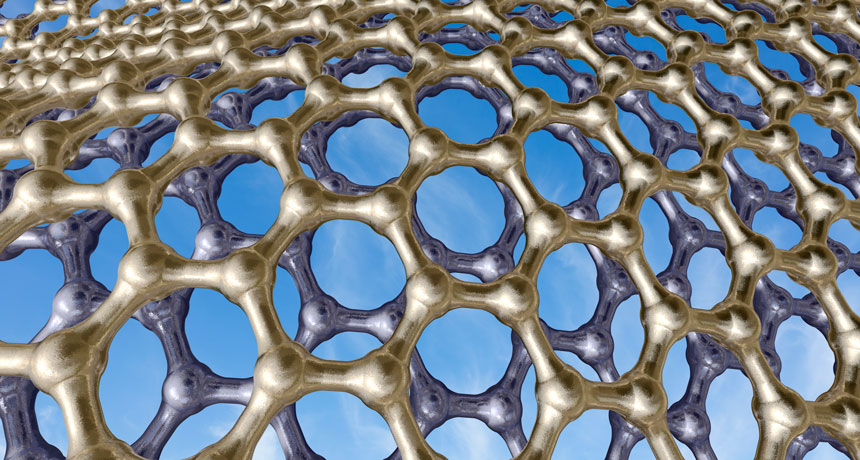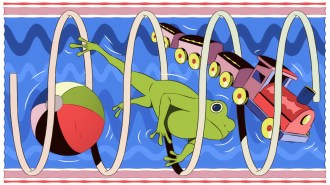Give double-layer graphene a twist and it superconducts
A ‘magic angle’ lets electrons flow freely

DOUBLE UP A device made of two layers of graphene (illustrated) can conduct electricity without resistance when one layer is rotated relative to the other.
Theasis/istockphoto






